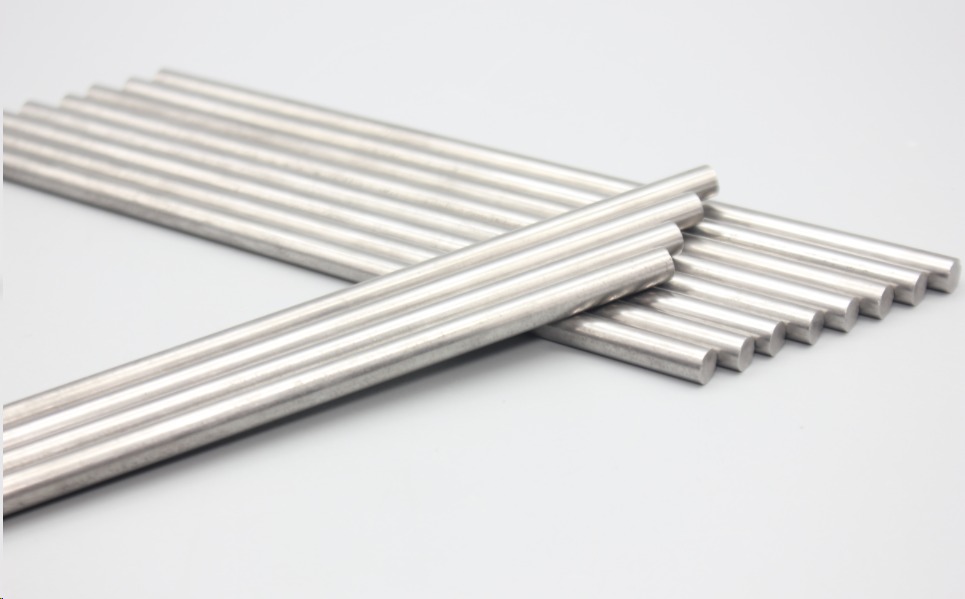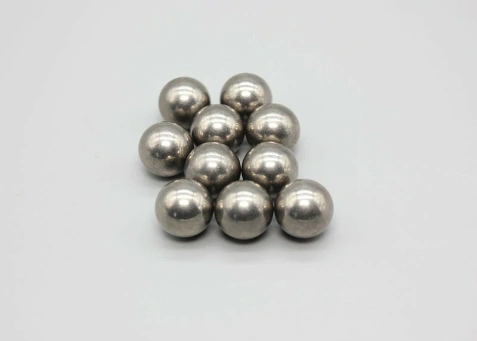How does the machinability of tungsten-based high gravity alloy compare with other materials?
Tungsten base high specific gravity alloy is an important structural material, with high specific gravity,
excellent physical and chemical properties, widely used in aerospace, nuclear energy, electronics, metallurgy
and other fields. In terms of machinability, tungsten base high ratio coincidence gold has the following
characteristics compared with other materials:
First of all, the processability of tungsten-based high-gravity alloys is limited by their high hardness and
high melting point. The hardness of tungsten-based high-gravity alloy is very high, and its hardness can
reach HRC60 or more, even higher than most metal materials. This means that tools such as high-speed
steel, carbide cutting tools or polycrystalline diamond grinding wheels need to be used in the processing
process to cut and grind, which increases the processing difficulty and tool cost. In addition, the melting
point of tungsten-based high specific gravity alloy is also high, about 3410 ° C, which makes it necessary
to use special processes such as high temperature sintering and high-frequency induction heating during
processing, increasing the requirements and energy consumption of processing equipment.
Secondly, the machinability of tungsten base high specific gravity alloy is affected by its brittleness and
difficult to cut. Tungsten base high specific gravity alloy has low plasticity and toughness, easy to fracture,
crack and deformation and other defects, so in the processing process need to strictly control the processing
parameters and operation mode, to avoid excessive cutting force and temperature damage to the material.
At the same time, due to the complexity and hard brittleness of the lattice structure, the tungsten-based high
gravity alloy is difficult to carry out ordinary cutting processing, and it is usually necessary to use non-traditional
methods such as electric discharge machining, laser processing or grinding to carry out precision machining.

Thirdly, the machinability of tungsten base high specific gravity alloy is also limited by its high coefficient of thermal
expansion. Tungsten base high specific gravity alloy has a high coefficient of thermal expansion, and its volume will
change significantly with the increase of temperature, which puts forward higher requirements for machining accuracy
and size control. It is necessary to take appropriate temperature control, cooling measures and thermal compensation
methods to reduce thermal stress and avoid material deformation and dimensional deviation during processing.
In addition, the machinability of tungsten-based high specific gravity alloys is also affected by their high chemical
activity. Tungsten base high specific gravity alloy is easy to react with oxygen, nitrogen, hydrogen and other elements
in high temperature and oxidation environment to form compounds such as oxides, nitrates and water. This puts higher
requirements on processing processes and equipment, which need to be processed in a vacuum, inert atmosphere or
protective liquid to avoid losses such as oxidation and decarbonization of the material surface.
To sum up, tungsten base high ratio coevent metal has certain difficulties and limitations on the machinability of
other materials, mainly including the limitations of high hardness and high melting point, the influence of brittleness
and difficult machinability, the limitation of thermal expansion coefficient and the influence of high chemical activity.
However, with the continuous improvement of processing technology and process, the machinability of tungsten-based
high specific gravity alloys has been improved to a certain extent, and can meet the needs of various special and high-end
applications.

 EN
EN AR
AR FR
FR DE
DE HI
HI IT
IT JA
JA KO
KO PT
PT RU
RU ES
ES ID
ID LV
LV VI
VI HU
HU MS
MS GA
GA BE
BE YI
YI EU
EU


